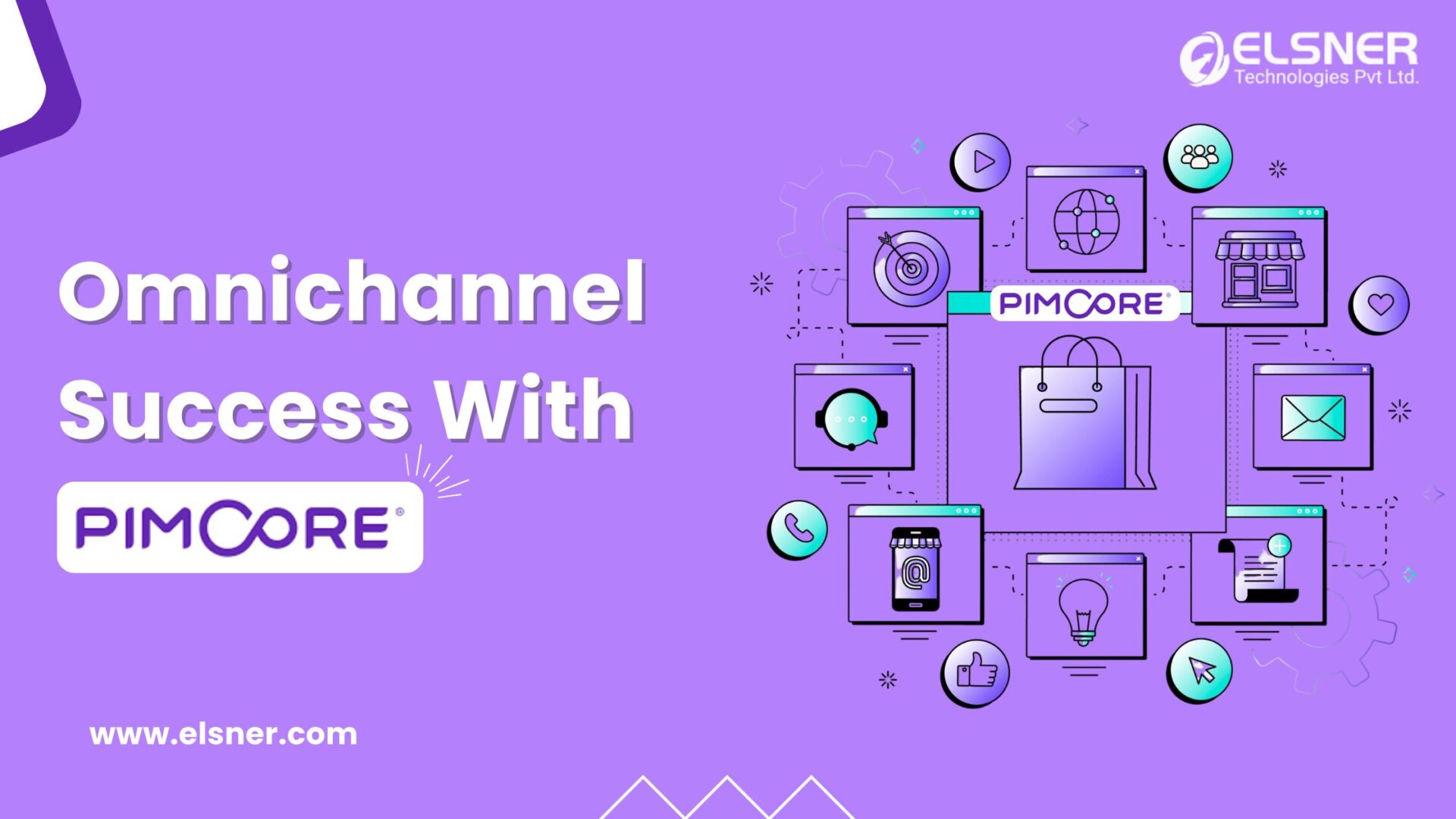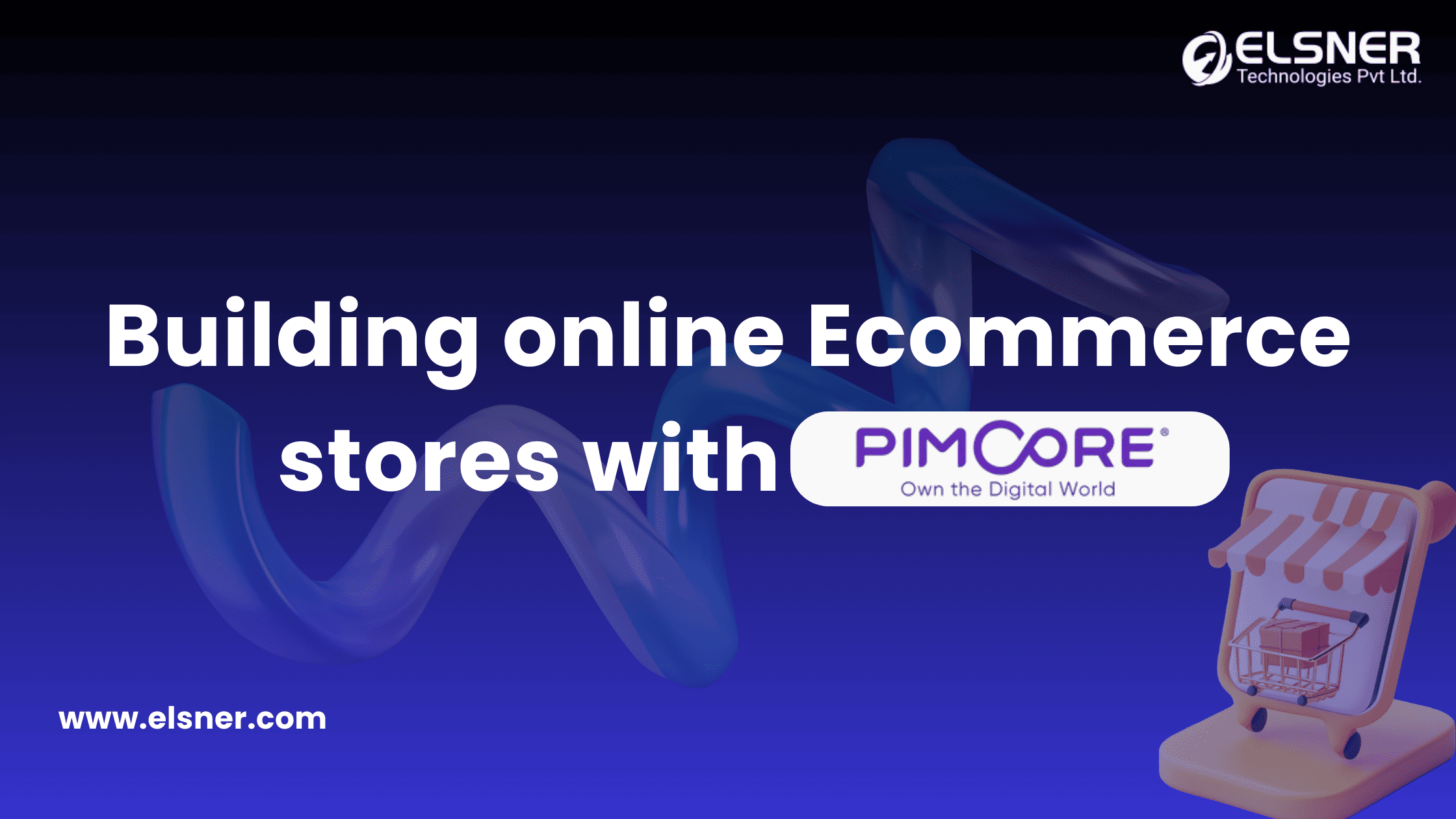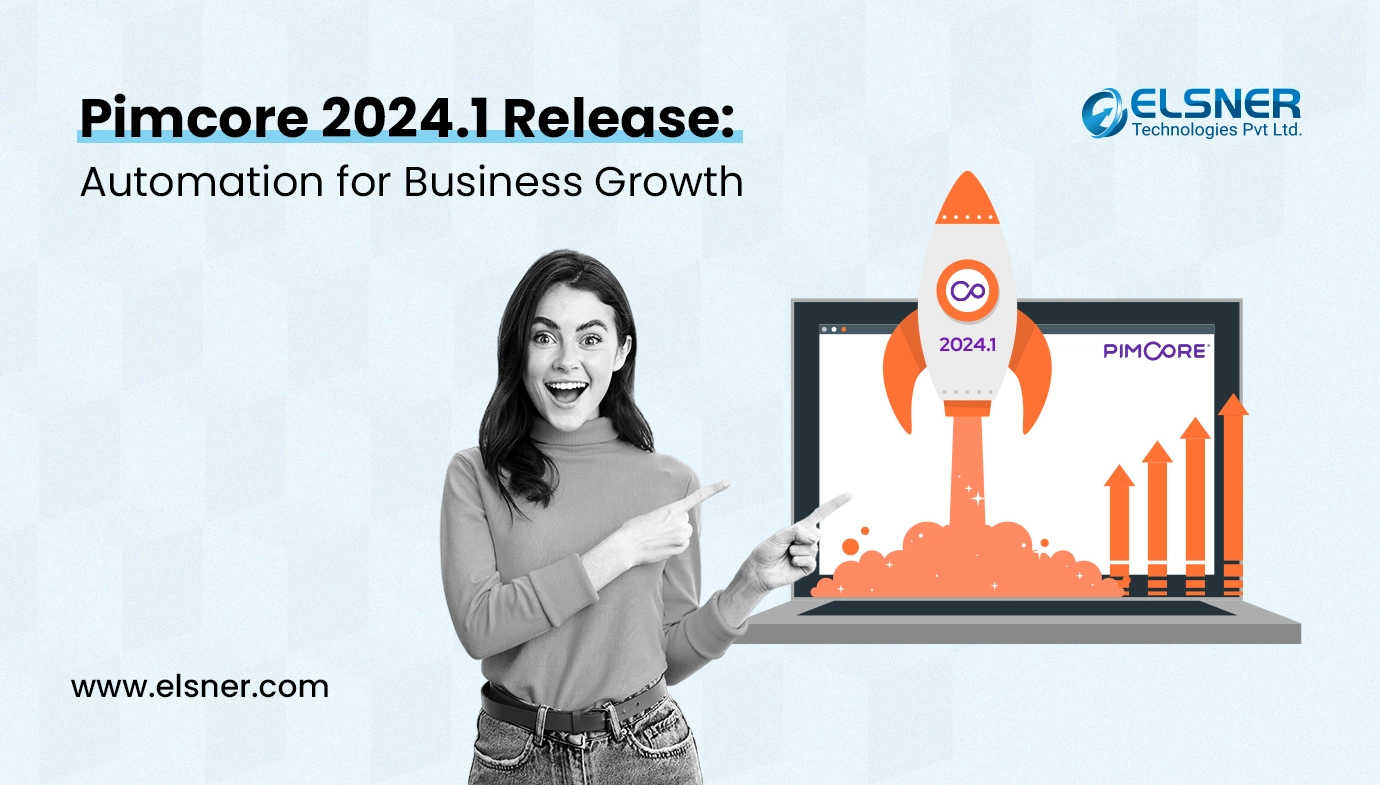- Challenges Without Supplier-Related MDM and Solutions:
- 1. Data Inaccuracy and Duplication:
- 2. Ineffective Supplier Onboarding and Managing:
- 3. Poor Product Data Management:
- Essential Benefits of Supplier MDM:
- 1. Improved Data Accuracy and Consistency:
- 2. Efficiently bringing suppliers on board and working together seamlessly:
- 3. Enhanced Product Data Management:
- Key Features of Pimcore for Supplier MDM:
- 1. Supplier Data Management:
- 2. Supplier Onboarding Workflows:
- 3. Supplier Collaboration Portal:
- 4. Product Information Management (PIM):
- 5. Data Validation and Cleansing:
- 6. Analytics and Reporting:
- Conclusion:
Gather all supplier information and product details to improve management and speed up time to market :
Successfully managing suppliers is essential for the efficiency of all companies Ecommerce. Ensuring precise supplier information and effectively handling their products are vital aspects of Supplier Master Data Management (MDM). We will examine the difficulties encountered without Supplier-related MDM, the important advantages of implementing Supplier MDM solutions, the main characteristics of Pimcore for Supplier MDM, and finish with observations on enhancing supplier management procedures.

Challenges Without Supplier-Related MDM and Solutions:
1. Data Inaccuracy and Duplication:
Challenge:
Businesses may face issues with data inaccuracies and duplications in supplier information when Supplier-Related MDM is missing. Which results in data inconsistencies among systems, inaccuracies in reports, and inefficiencies in decision-making.
Solution: Implementing solutions for Managing Master Data of Suppliers helps by consolidating supplier information in one central, trustworthy source. By implementing data validation rules, and data cleansing processes, companies can verify that supplier information is precise, comprehensive, and uniform. This enhances the quality of data, builds trust in the data, and allows for better decision-making.
2. Ineffective Supplier Onboarding and Managing:
Challenge:
Supplier onboarding, contract management, and performance tracking done manually are often time-consuming, error-prone, and lack transparency. Which leads to delays in supplier onboarding, contract disputes, and difficulties in monitoring supplier performance may occur as a result.
Solution: Supplier MDM solutions, supported by supplier master data management software, streamline onboarding and management through automated workflows, approval mechanisms, and collaboration tools. These solutions simplify supplier registration, credential validation, and contract negotiations. Additionally, collaboration tools facilitate instant communication, document sharing, and performance monitoring, resulting in increased productivity, reduced manual work, and enhanced transparency in supplier partnerships.
3. Poor Product Data Management:
Challenge:
Poor handling of supplier-related product data results in inconsistencies in product information, pricing discrepancies, and delays in updating product catalogs.
Solution: Utilize Pimcore’s PIM capabilities in Supplier MDM to centralize product data, handle product attributes, enhance product content, and maintain data consistency across channels.

Essential Benefits of Supplier MDM:
1. Improved Data Accuracy and Consistency:
Centralized Supplier Master Data Management
guarantees that supplier information remains accurate, uniform, and current throughout an organization’s various systems and applications.
By implementing data validation rules, data cleaning procedures, and using standardized data formats, Businesses can get rid of data discrepancies, errors, and redundancies by keeping a single source of truth for supplier information.
2. Efficiently bringing suppliers on board and working together seamlessly:
Automated processes and tools for working together in Supplier MDM solutions make it easier to bring on suppliers, handle contracts, and encourage communication and collaboration among stakeholders.
Supplier onboarding workflows smooth the procedure of enrolling suppliers, validating their qualifications, performing necessary checks, and also acquiring required approvals. This enhances the process of bringing on new suppliers and lowers the need for manual work.
3. Enhanced Product Data Management:
Supplier MDM solutions with integrated PIM capabilities help businesses efficiently handle product data related to suppliers. This covers characteristics of the product, details, costs, virtual resources, and publishing on various platforms.
Gather product information from various suppliers, establish uniform product characteristics, and maintain data reliability in product catalogs. It enhances the accuracy of product information and minimizes errors in product listings.

Key Features of Pimcore for Supplier MDM:
1. Supplier Data Management:
offers central storage for handling supplier data such as contact info, company information, certifications, compliance paperwork, and performance measures. This centralized method guarantees that all pertinent supplier details are kept in a single location, simplifying access, updates, and upkeep.
The Supplier MDM module, incorporating a supplier master data model, offers a centralized database for businesses to store and manage detailed supplier profiles. This database includes essential vendor information, such as contact details, addresses, legal entities, tax details, payment terms, and contract documentation, streamlining supplier data oversight.
2. Supplier Onboarding Workflows:

Pimcore’s Supplier MDM module provides automatic workflows for effective supplier enrollment, registration, approval procedures, and contract administration. Supplier onboarding is more efficient by cutting down on manual tasks, reducing mistakes, and maintaining adherence to internal policies and procedures.
It smoothens the onboarding of suppliers by offering pre-established workflows for registering, submitting documents, verifying, and approving suppliers. It accelerates the onboarding procedure, enhances efficiency, and cuts down on administrative costs.
3. Supplier Collaboration Portal:
Pimcore suppliers and businesses collaborate by facilitating real-time communication, document sharing, payment tracking, and collaboration. This common platform enhances visibility, simplifies information sharing, and strengthens relationships with suppliers.
4. Product Information Management (PIM):
Pimcore enhances Supplier MDM with integrated Product Information Management (PIM) to centralize and effectively manage supplier-related product data. This covers characteristics of the product, details, pricing, digital resources, and publishing across multiple channels.
Pimcore’s PIM features enable companies to handle digital assets like images, videos, documents, and promotional content from suppliers. This consists of managing metadata, controlling versions, and establishing digital asset workflows to organize and use assets effectively.
5. Data Validation and Cleansing:
Pimcore includes robust data validation and cleansing features to ensure data accuracy, consistency, and integrity within the Supplier MDM module. This helps businesses maintain a clean and reliable supplier database, reduce data errors, and improve decision-making processes.
Pimcore offers tools for cleaning data which are used to find and fix data mistakes, disparities, and duplicate entries in the supplier database. This enhances data quality, removes data duplications, and improves data accuracy for improved decision-making.
6. Analytics and Reporting:
Pimcore provides integrated analytics and reporting features to oversee supplier performance, monitor important metrics, and obtain practical insights in the Supplier MDM module. This aids businesses in making educated choices, improving supplier connections, and promoting ongoing enhancements in supplier management procedures.
Pimcore comes with data visualization functionalities like charts, graphs, and interactive dashboards for visualizing supplier data, trends, and patterns. This data visualization aids in making decisions based on data, sharing insights, and planning strategies for managing suppliers.

Conclusion:
Managing supplier data effectively is crucial for improving relationships with suppliers, enhancing the quality of data, and optimizing product data management processes. Utilizing Supplier MDM solutions, like the ones provided by Pimcore, helps businesses address issues concerning data accuracy, supplier enrollment, and product information management. Businesses can improve supplier management processes, boost collaboration with suppliers, and increase operational efficiency in the Ecommerce sector by utilizing centralized supplier MDM capabilities.

About Author
Manoj Mondal - Team Lead - Magento
Manoj has a deep-rooted expertise in the ecommerce landscape, particularly in building and optimizing online experiences. His keen understanding of technology, paired with a hands-on approach, has enabled him to navigate complex projects with ease. Known for his collaborative spirit and technical acumen, he consistently drives projects to success.




